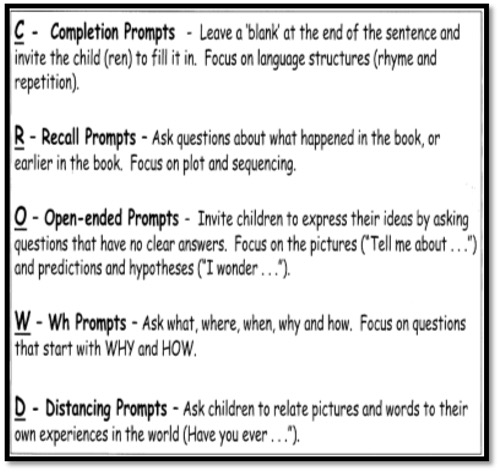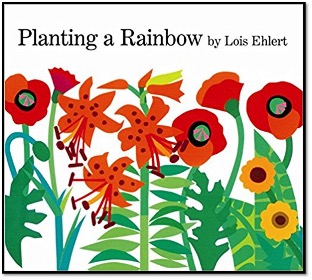Books should:
- Promote deep thinking, discussion and learning around the Big Idea.
- Help children build connections between school and their home lives.
- Reflect on the cultural and linguistic diversity of the children in the class.
The anchor text can be a short informational book with varied sentence structures and word choice and include photographs, illustrations, and charts. High-quality children’s literature can also serve as the anchor text.
Previewing and Decision Making – Previewing a text to determine how and why it will be used is essential. Will the book support children’s social understanding and language development? Will it support the learning of target vocabulary words and key curricular concepts?
- Selecting Key Vocabulary – Given that many of the words in a book may be new to children, it is important to determine which words are most important for children’s functional language in the classroom and understanding of curricular content. What words will they need again as they explore materials, play with peers, and discuss and make sense of classroom experiences related to the text?
- Facilitating discussions and asking higher-level questions – Inviting children to participate in authentic discussions support both listening and speaking skills. Conversation should be supported throughout the day, including during read-alouds.
Teacher read-alouds support active listening, oral language comprehension, and vocabulary development. Utilizing CROWD strategies promotes active participation in the book. The CROWD prompts help to engage children in an exchange of ideas about the book. Research tells us that a rich discussion of the text builds a deeper understanding of new concepts.

Using Literature to Promote Vocabulary Development: An Example
Topic: Growing and Changing (children, plants, insects)
Big Ideas:
- Living things grow and change.
- We grow and change.
- Plants and animals grow and change.
- There is a relationship between seasonal change and the life cycle.

Anchor Text: Planting a Rainbow by Lois Ehlert
Key Vocabulary: plant, bulbs, sow, seedlings, catalogs, soil, and sprout.